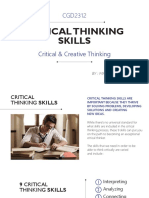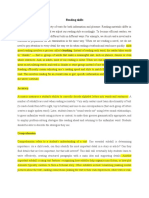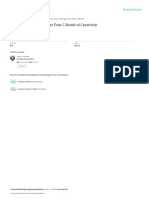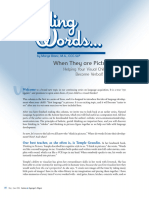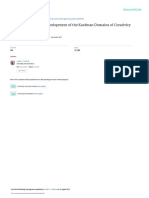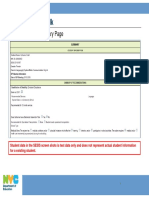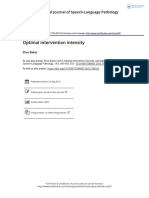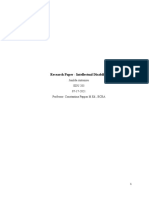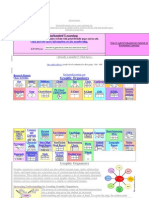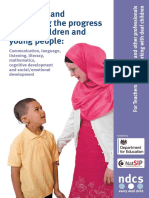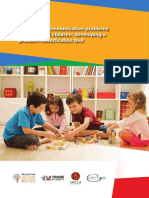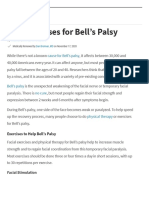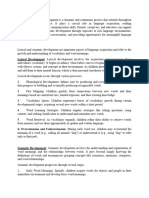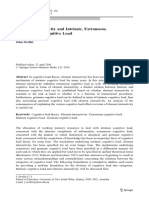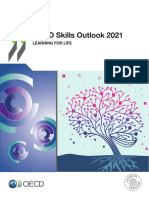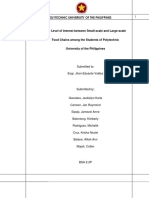0% found this document useful (0 votes)
54 views5 pagesCritical Thinking Vs Problem Solving
The document discusses the differences between critical thinking and problem solving, emphasizing that while they share skills like analysis and evaluation, not all problems require critical thinking. It highlights the importance of emotional intelligence in both areas and provides strategies for developing critical thinking skills to enhance problem-solving abilities. The content also outlines specific steps to improve analytical skills, evaluation, interpretation, and reflection.
Uploaded by
tmblily2010Copyright
© © All Rights Reserved
We take content rights seriously. If you suspect this is your content, claim it here.
Available Formats
Download as DOCX, PDF, TXT or read online on Scribd
0% found this document useful (0 votes)
54 views5 pagesCritical Thinking Vs Problem Solving
The document discusses the differences between critical thinking and problem solving, emphasizing that while they share skills like analysis and evaluation, not all problems require critical thinking. It highlights the importance of emotional intelligence in both areas and provides strategies for developing critical thinking skills to enhance problem-solving abilities. The content also outlines specific steps to improve analytical skills, evaluation, interpretation, and reflection.
Uploaded by
tmblily2010Copyright
© © All Rights Reserved
We take content rights seriously. If you suspect this is your content, claim it here.
Available Formats
Download as DOCX, PDF, TXT or read online on Scribd
/ 5
